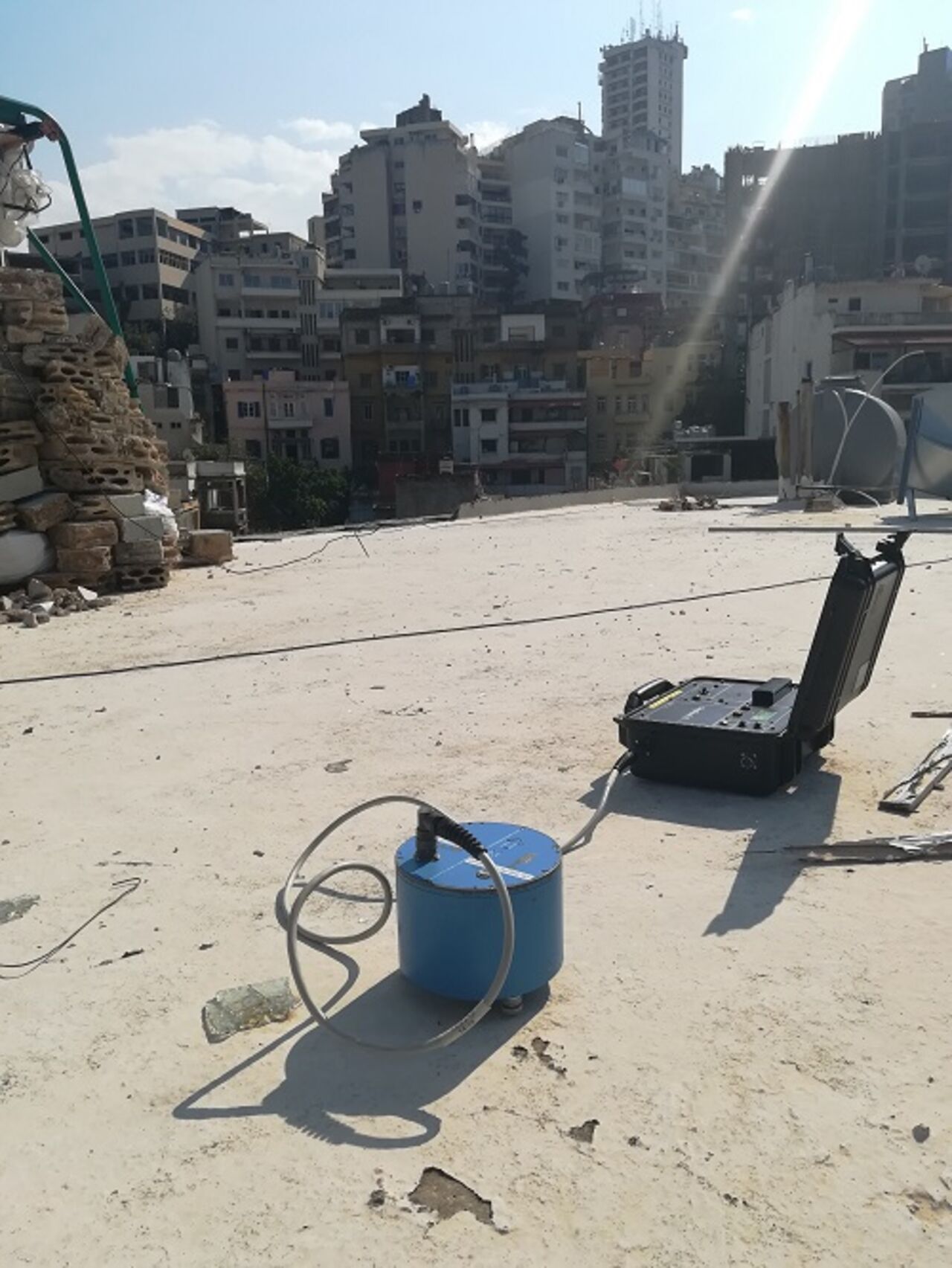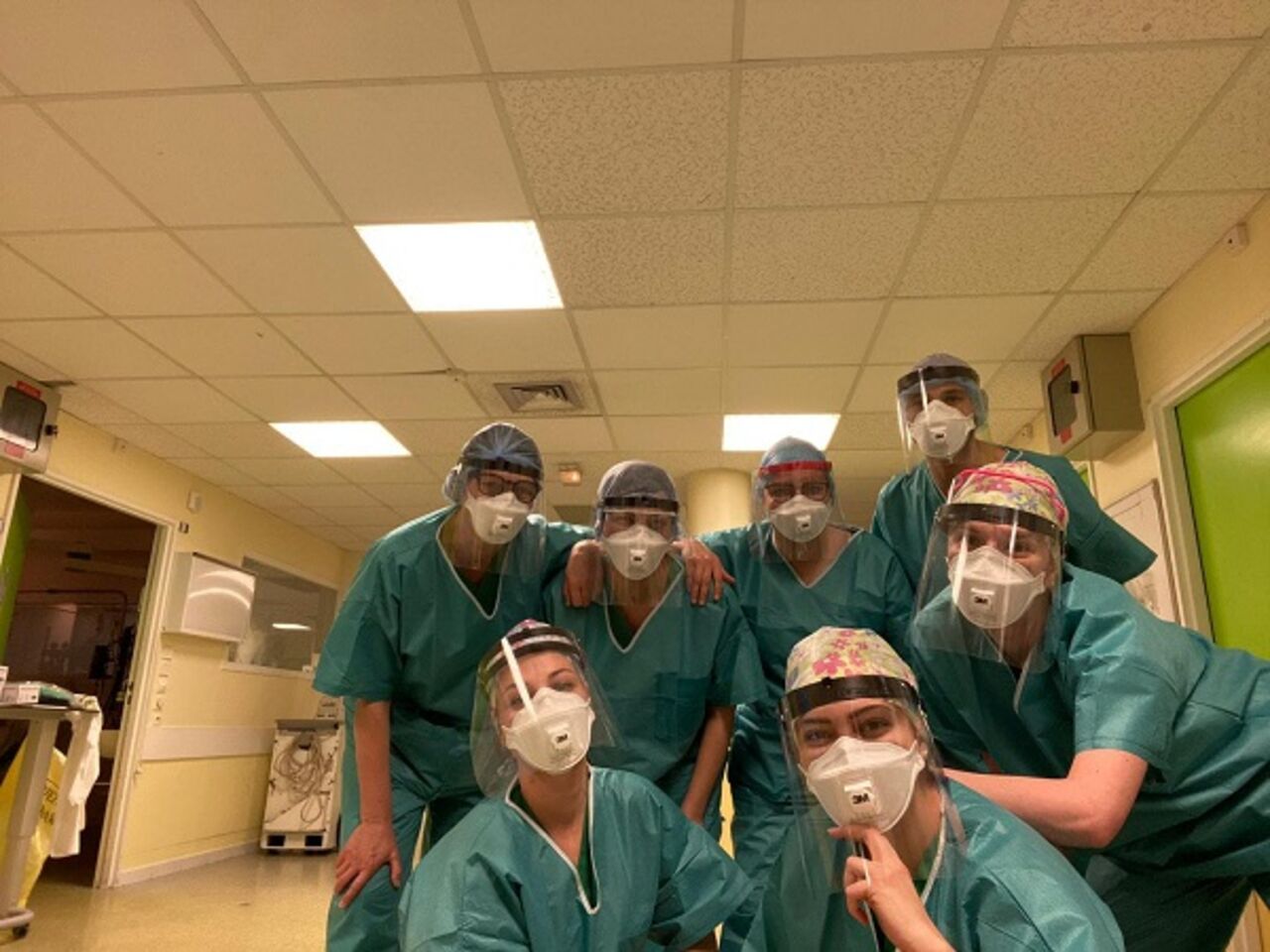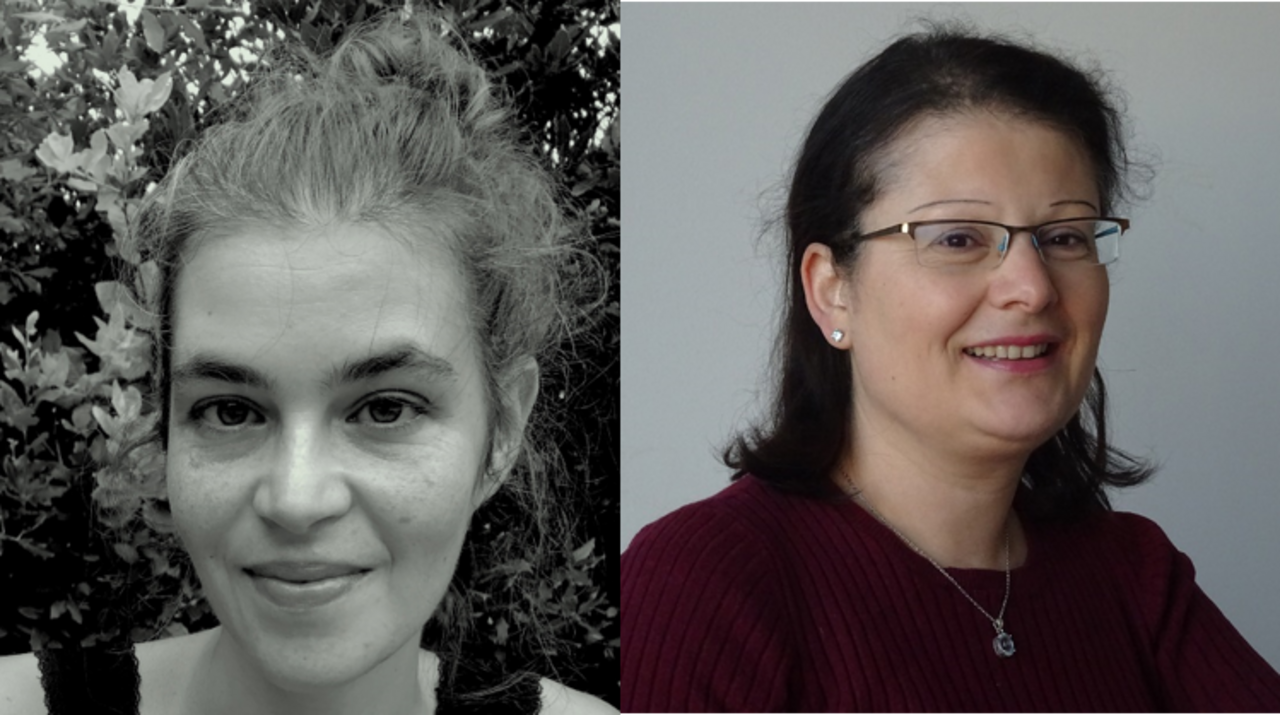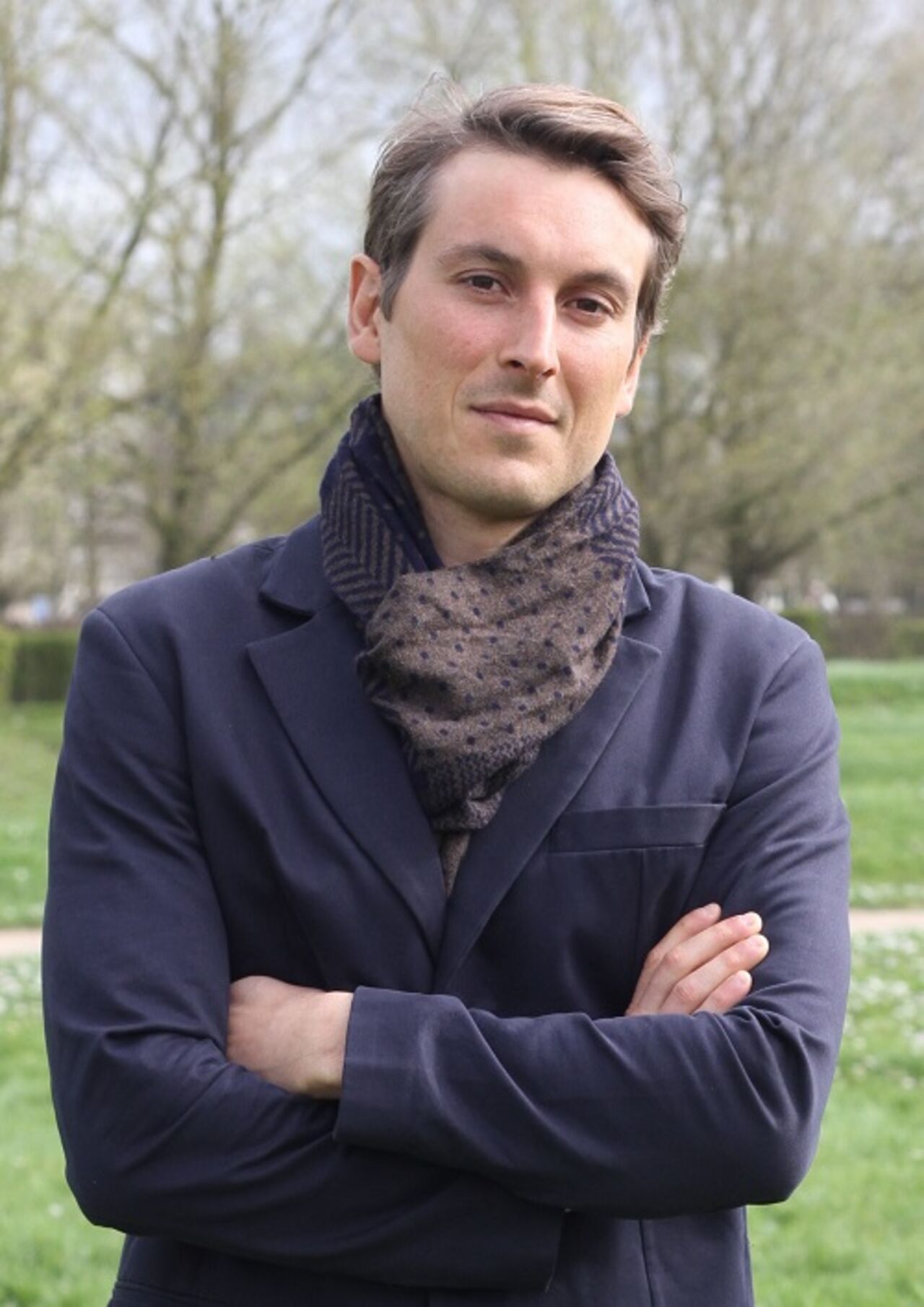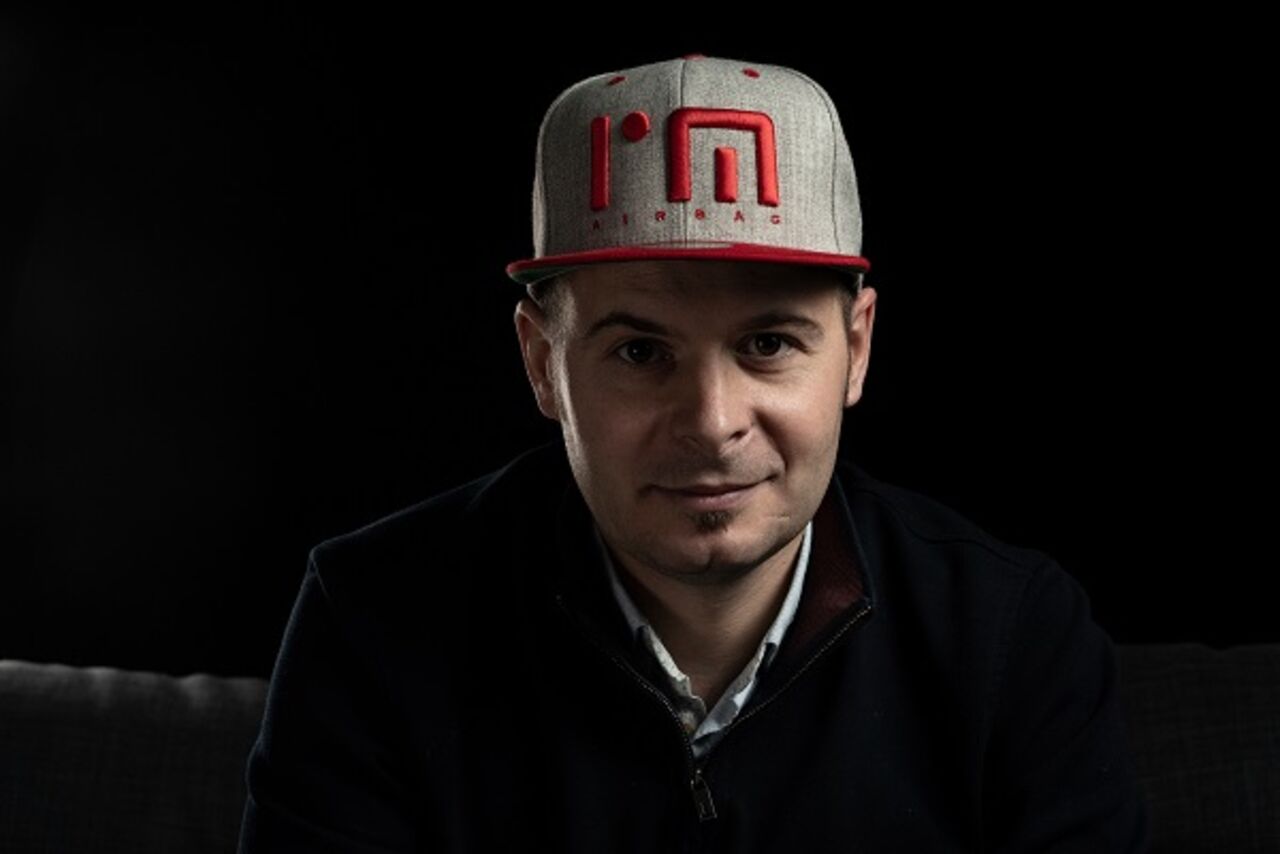Explosion in Beirut Port: a measurement campaign for buildings impacted by the catastrophe
Following the dramatic explosion on 4 August 2020 in the port of Beirut, the ISTerre laboratory participated in an expertise task in the Lebanon to assess the structural integrity of buildings. In collaboration with Lebanese researchers, an online survey was launched in late August 2020 among people who had experienced the explosion in the Lebanese capital. Its aim was to gain clearer insight into the behaviour, travel movements and mobility of people during catastrophic events.
The Grenoble Institute of Earth Sciences (ISTerre), the Nice CEREMA, Lebanese University and the University of Notre-Dame Beirut led a measurement campaign in November 2020 on buildings impacted by the 4 August explosion in the port of Beirut, to assess the structural integrity of buildings using vibrations.
The use of ambient vibrations to measure the dynamic properties of buildings or bridges and the temporal monitoring of structural integrity (Structural Health Monitoring SHM) form a non-destructive method which provides an overall state of damage in a building after an extreme event such as an earthquake or explosion.
This experiment in Beirut Port, funded by the CNRS/INSU (National Centre for Scientific Research / National Institute for Universe Science) and IRD (French National Institute for Sustainable Development), consisted in measuring the dynamic properties of structures using ambient vibrations (resonance frequencies and dampening). Using a lightweight acquisition system of proven efficacy, developed by ISTerre in the early 2000s, within a few days more than 100 buildings located at varying distances from the epicentre of the explosion were tested. The modal parameters of these buildings prior to the explosion were already known.
In fact, between 2021 and 2014, ISTerre and Notre Dame University in Lebanon had carried out a similar measuring campaign in Beirut (Salameh et al., 2016) on 328 buildings, the majority of which were located less than 2km from the port. The evolution of dynamic properties between the state of the buildings before and after the explosion enabled us to analyse their variation according to the degree of damage, in relation to the distance from the explosion and the type of construction, to assess the most sensitive parameters to damage, to streamline characterisation methods and to break down the relative contributions of the explosion and resulting seismic wave to the damage.
Initial results confirm the effectiveness of modal parameters in detecting damage, but also reveal a wide variety of changes within a group of identical buildings.


